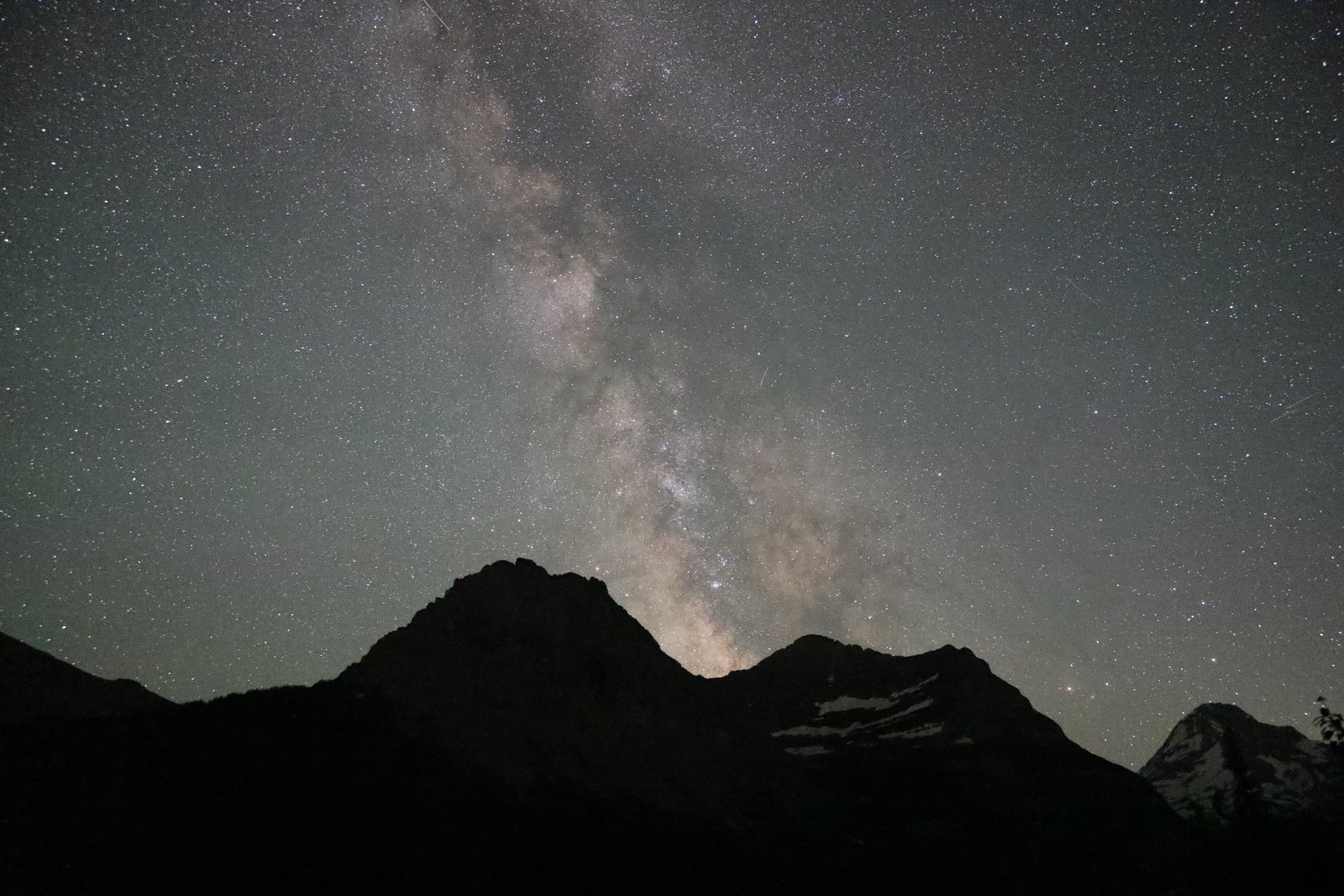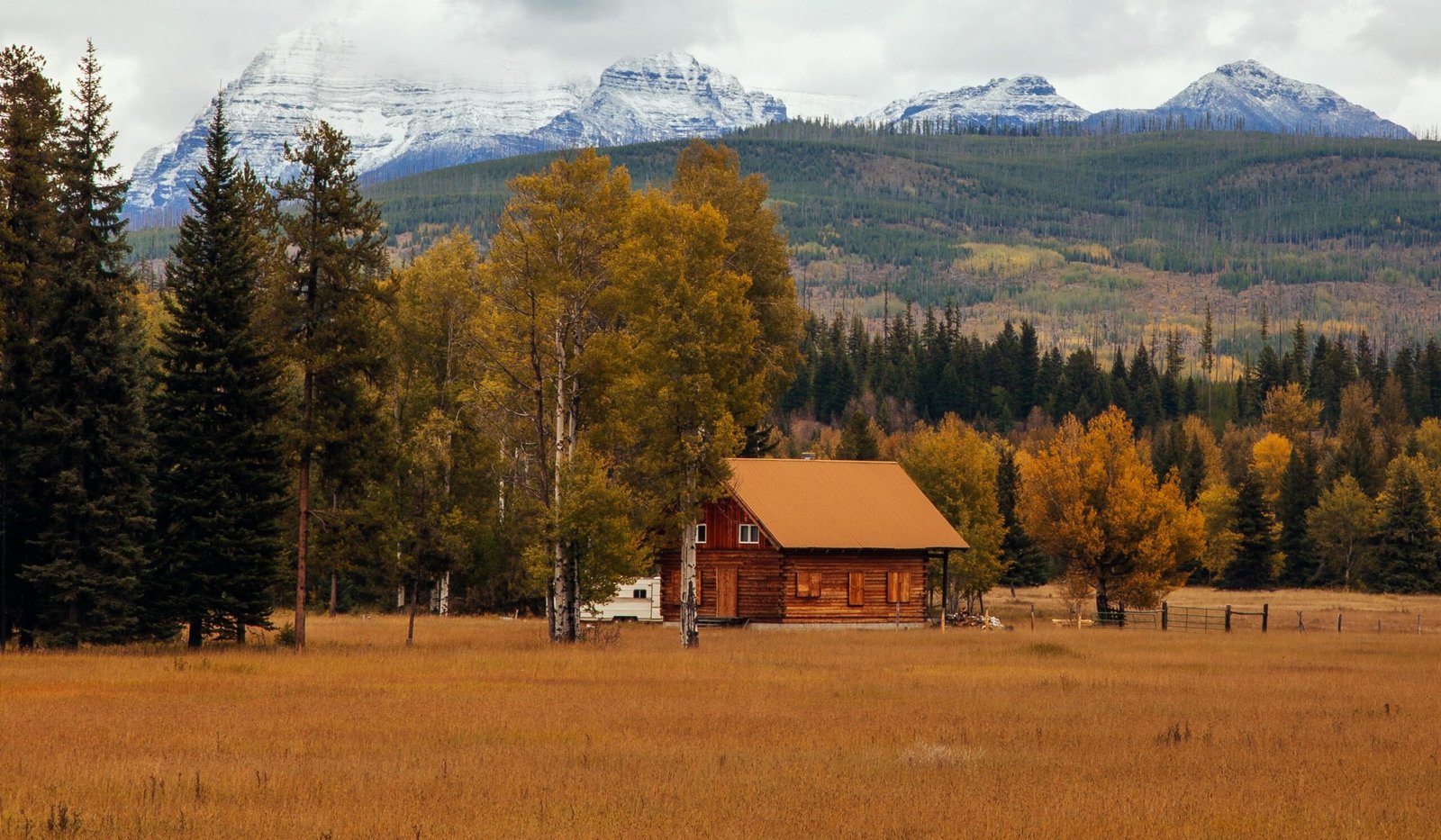Glacier National Park enforces strict height and width requirements for vehicles, particularly on the iconic Going-to-the-Sun Road. Height restrictions limit vehicles to 10 feet or less due to rock overhangs. Width restrictions prohibit vehicles wider than 8 feet, including mirrors, between Avalanche Creek and Rising Sun. These regulations ensure visitor safety and protect the park’s infrastructure.
What Are the Specific Vehicle Size Limits for Glacier National Park?

Glacier National Park imposes stringent size restrictions on vehicles, especially for those traveling on the famous Going-to-the-Sun Road. These limitations are crucial for ensuring visitor safety and preserving the park’s natural beauty. Let’s break down the specific requirements:
- Height Limit: 10 feet
- Width Limit: 8 feet (including mirrors)
- Length Limit: 21 feet
These restrictions apply to all types of vehicles, including:
- Personal vehicles
- RVs
- Trailers
- Buses
- Commercial vehicles
It’s important to note that these limits are strictly enforced, and vehicles exceeding these dimensions are not permitted on certain roads within the park.
Why Are There Height Restrictions in Glacier National Park?

The height restrictions in Glacier National Park are primarily due to the unique geological features and road design, particularly on the Going-to-the-Sun Road. Here are the key reasons:
-
Rock Overhangs: The road passes through areas with natural rock formations that extend over the roadway. These overhangs can be as low as 10 feet in some sections.
-
Tunnel Clearance: Some parts of the road include tunnels carved through the mountainside, which have limited clearance.
-
Safety Concerns: Taller vehicles risk colliding with these natural features, potentially causing damage to both the vehicle and the park’s geological structures.
-
Preservation of Natural Features: By limiting vehicle height, the park can maintain the integrity of its unique rock formations and prevent erosion caused by vehicle impacts.
-
Road Design: The Going-to-the-Sun Road was constructed in the 1930s when vehicles were generally smaller. The road’s design reflects the vehicle sizes of that era.
What Are the Consequences of Ignoring Width Requirements?
Ignoring the width requirements at Glacier National Park can lead to several serious consequences:
-
Vehicle Damage: Wider vehicles may scrape against rock walls or other vehicles in narrow passages.
-
Traffic Obstruction: Oversized vehicles can cause traffic jams in tight spots, disrupting the flow of visitors.
-
Safety Hazards: Wide vehicles on narrow roads increase the risk of accidents, especially on curves or in areas with steep drop-offs.
-
Fines and Penalties: Park rangers may issue citations for vehicles that exceed the width limit.
-
Forced Turn-Around: Vehicles exceeding the width limit may be required to turn back, potentially ruining a planned trip.
-
Environmental Impact: Wider vehicles can cause damage to vegetation along the roadside.
How Do These Requirements Affect RV and Trailer Users?
The height and width requirements at Glacier National Park significantly impact RV and trailer users. Here’s how:
-
Restricted Access: Most RVs and trailers exceed the 21-foot length limit for the Going-to-the-Sun Road, preventing access to this iconic route.
-
Alternative Routes: RV users must plan alternative routes to explore the park, often using the perimeter roads.
-
Campground Limitations: Some campgrounds within the park may have size restrictions that align with road limitations.
-
Parking Challenges: Oversized vehicles may find it difficult to park in certain areas of the park.
-
Advance Planning: RV users need to research and plan their visit more carefully to ensure they can access desired areas of the park.
-
Potential for Separate Transportation: Some RV users may need to consider leaving their RV at a campground and using a smaller vehicle to explore restricted areas.
What Options Are Available for Visitors with Oversized Vehicles?
Visitors with vehicles that exceed the height and width requirements at Glacier National Park have several options:
-
Shuttle Services: The park offers a free shuttle service along the Going-to-the-Sun Road, allowing visitors to leave larger vehicles behind.
-
Rental Cars: Visitors can park their oversized vehicles outside the park and rent a smaller car for exploring.
-
Guided Tours: Many tour companies offer trips through the park in vehicles that meet size requirements.
-
Bicycle Tours: For the adventurous, bicycle tours are available and provide a unique way to experience the park.
-
Hiking: Many of the park’s most beautiful areas are accessible via hiking trails.
-
Alternative Routes: Visitors can explore other areas of the park that have less stringent size restrictions, such as the North Fork and Many Glacier areas.
How Are the Height and Width Requirements Enforced?
Glacier National Park employs several methods to enforce height and width requirements:
-
Physical Barriers: Some areas have height bars or width restrictors that physically prevent oversized vehicles from entering.
-
Ranger Checkpoints: Park rangers may conduct spot checks at key entry points.
-
Signage: Clear signs are posted throughout the park, especially at entrances to restricted roads.
-
Online Information: The park’s website and reservation system provide detailed information on size restrictions.
-
Automated Systems: Some areas may use automated systems to detect and alert oversized vehicles.
-
Visitor Education: Park staff actively educate visitors about size restrictions during the reservation and check-in processes.
Are There Any Exceptions to the Height and Width Requirements?
While Glacier National Park strictly enforces its height and width requirements, there are a few exceptions and special considerations:
-
Emergency Vehicles: Fire trucks, ambulances, and other emergency vehicles may be exempt from size restrictions when responding to emergencies.
-
Park Maintenance Vehicles: Certain park-owned vehicles used for maintenance and operations may have special permissions.
-
Special Use Permits: In rare cases, the park may issue special use permits for oversized vehicles, typically for specific events or research purposes.
-
Seasonal Variations: Some restrictions may be slightly relaxed during off-peak seasons, but this is not guaranteed and should be confirmed with park officials.
-
Construction Equipment: During road maintenance periods, some oversized construction vehicles may be allowed under strict supervision.
It’s important to note that these exceptions are rare and do not apply to general visitors. Always check with park officials for the most up-to-date information on any potential exceptions.
How Do Height and Width Requirements Affect Park Infrastructure?
The height and width requirements at Glacier National Park have a significant impact on the park’s infrastructure:
-
Road Design: Roads, especially the Going-to-the-Sun Road, are engineered to accommodate vehicles within the specified size limits.
-
Bridge Construction: Bridges in the park are designed with clearance heights that match the vehicle height restrictions.
-
Tunnel Dimensions: Any tunnels in the park are built to allow safe passage for vehicles meeting the size requirements.
-
Parking Areas: Parking lots and pull-offs are sized to accommodate vehicles within the specified dimensions.
-
Signage Placement: Warning signs and informational displays are positioned at heights visible to drivers of vehicles meeting the size requirements.
-
Guard Rails: The height and positioning of guard rails along roads are designed with the permitted vehicle sizes in mind.
-
Maintenance Equipment: The park’s maintenance fleet is selected to meet these size requirements for easy access to all areas.
-
Visitor Centers: Approach roads and parking areas at visitor centers are designed to handle vehicles within the size limits.
By adhering to these requirements, the park ensures that its infrastructure remains safe, functional, and accessible to the majority of visitors while preserving the natural beauty of the landscape.